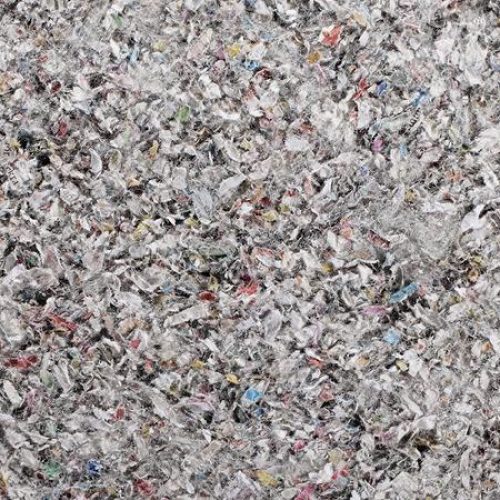MYTH 1 Cellulose insulation attracts mold and mildew. Nonsense. Boric acid – added to cellulose for fire retardant purposes and a common mineral mined from the earth – in fact suppresses the growth of mold and mildew organisms.
MYTH 2 Cellulose insulation attracts and harbors bugs, roaches, rats, mice, etc. Nonsense. The borate added to cellulose insulation is highly toxic to insects, small rodents, mold and mildew organisms.
MYTH 3 Cellulose insulation is toxic to humans. Nonsense. If you can read the newspaper without suffering, you’ll be fine with our cellulose in your home. Boric acid, added as a fire retardant in our cellulose, is a common mineral, and six times less toxic than ordinary table salt. Actually boric acid is the active ingredient found in many “over the counter” eye drops! Cellulose insulation is so safe for you, the EPA labels it as a nuisance dust, and requires no breathing protection for cellulose installers.
MYTH 4 Cellulose settles over time, and loses its effectiveness. Nonsense. All loose-fill or blown insulation settles over time. Manufacturers of cellulose insulation factor settling into the installation formulas. In fact, when installed properly, Applegate and Regal cellulose is warranted for the lifetime of your home against diminishing performance. In other words, our R-value is guaranteed for the lifetime of your home.
MYTH 5 Because cellulose is “heavy” it can’t be installed over existing fiberglass insulation without crushing the insulation, thereby reducing the effective R-value of the fiberglass insulation. Nonsense. The density of cellulose is the advantage gained over fiberglass in regards to higher R-values per inch. Oak Ridge Institute in Tennessee (U.S. Government testing facility where the atomic bomb was invented) has documented the effectiveness of installing a few inches of cellulose insulation over older, less-effective fiberglass insulation. In fact, a few inches of cellulose insulation actually “re-vitalized” the fiberglass insulation. How is that? Cellulose insulation insulates your ceiling or walls by blocking airflow, while fiberglass insulation performs by trapping airflow. This is why it takes more fiberglass insulation to do the same job as a few inches of cellulose. Therefore, the higher density cellulose, blown over the top of the lower density fiberglass, actually causes the air movement to dramatically slow or STOP! You win with a quieter home, and a ceiling or wall that is dramatically more airtight than it was, and a more comfortable home to enjoy year-around. Now you know the truth.
MYTH 6 When it rains, your cellulose insulation will smell like wet newspapers. Nonsense. Only if your roof leaks and keeps your insulation constantly wet, will you ever smell your insulation. If your roof leaks this badly, your problem is much more serious than an aromatic issue.
MYTH 7 Cellulose insulation is heavy, and your ceiling may collapse under the increased weight. Nonsense. At R-49, 13 inches deep, cellulose insulation weighs only 1.8 pounds per square foot. Millions of homes throughout the USA have cellulose in the attics. Only when the ceiling has been improperly installed, or pre-existing damage is present, will this be a valid concern. Bird Family Insulation has installed over 2 million pounds of cellulose in the greater Atlanta region, without a single cause of concern regarding this issue.
MYTH 8 Cellulose insulation increases the fire hazard in your home. Nonsense. Actually, the opposite is true. Cellulose insulation installed in your attic and walls increases your home’s resistance to fire. The high density of cellulose blocks the passage of air infiltration. In some multi-family “commercial” applications, 6” of cellulose in a wall meets the fire marshal’s strict code requirements for a 2-hour fire wall between units. Actually all of the wood products in your home are cellulose, so isn’t this myth a bit hypocritical?
We are the local cellulose insulation leaders. Call us today for this amazing solution!





